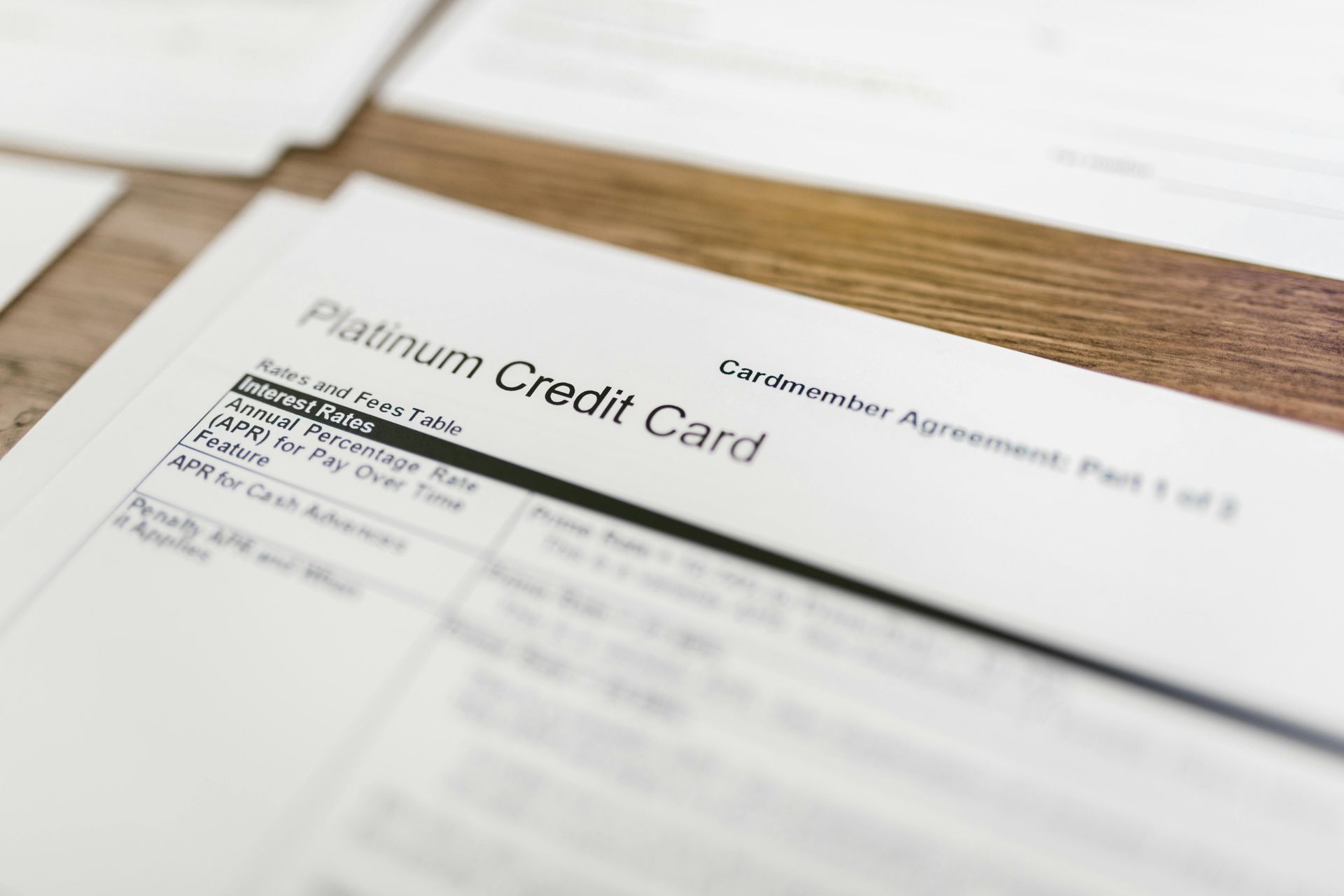How to Implement a Ratio Utility Billing System (RUBS)
How to Implement a Ratio Utility Billing System (RUBS)

Implementing a Ratio Utility Billing System (RUBS) can greatly assist property owners in managing utility costs. This system allows utility expenses to be fairly distributed among residents based on specific factors. The benefits include not only financial savings for property managers but also increased awareness among residents about their resource usage, leading to conservation.
To begin the implementation, property owners should follow a step-by-step process:
- Conduct a Property Analysis
Assess the property to understand its unique needs and objectives for the RUBS program. - Develop the RUBS Formula
If deemed appropriate, create a RUBS formula that reflects the specific characteristics of the property. This may involve data about the size of each unit, the number of residents, and local regulations. - Notify Residents of Changes
Provide residents with a 30-day notice about the change in the utility billing method. This notification should be clear and straightforward. A follow-up call can help address any immediate questions and explain how utility costs will be allocated.
- Tip: Ensure communication is easy for residents to understand to reduce confusion.
- Update the Billing System
Gather and input accurate details about the property, including unit sizes and resident information, into the property’s billing software.
- Tip: Keeping resident information current is crucial, as inaccuracies can lead to incorrect billing based on utility use.
- Analyze Master Utility Bills
Retrieve the most recent master utility bills. Check these bills for accuracy and use them to establish a baseline for the new billing system. - Generate and Distribute Monthly Bills
Once the notification period has passed, start creating individual utility bills each month based on the RUBS calculations. Send these directly to residents to ensure they receive their charges promptly.
Training for property management staff is essential throughout this transition. Staff should fully grasp the RUBS formula and be equipped to answer resident inquiries or complaints about utility usage and billing. They should also be ready to handle reports of excessive utility consumption by neighbors, which can affect the utility costs for all residents within a unit.
Adopting RUBS can lead to increased revenue. By sharing utility costs with residents, property owners can redirect funds toward property maintenance or upgrades. This not only helps maintain property value but also enhances the living experience for tenants.
For property owners facing rent control regulations, establishing a RUBS system becomes even more critical. It allows owners to manage rising utility costs without burdening their residents. By promoting conservation and responsible utility usage, property managers can create a sustainable living environment that benefits everyone involved.
Consistent and transparent communication with residents throughout the process fosters trust. When residents understand the reasons behind the RUBS system and see its benefits, they are more likely to support it. Ultimately, a well-implemented RUBS program contributes positively to both financial performance and tenant satisfaction, making it a cost-effective solution for managing utility expenses in multifamily properties.
Coastline Equity's Step-By-Step Implementation Process
Implementing a Ratio Utility Billing System (RUBS) consists of several important steps that ensure an efficient setup. Here is a clear approach to carry out this process:
- Property Analysis: Begin with a thorough evaluation of the property to understand its utility usage patterns and assess if RUBS is suitable.
- Define Objectives: Establish the goals for the RUBS program, such as improving cost distribution among tenants or reducing overall utility expenses.
- Select a RUBS Formula: Choose an appropriate formula for dividing the utility costs. Common methods may include factoring in square footage or occupancy levels.
- Choose a Provider: Research and select a RUBS provider that meets the specific needs of the property. Consider aspects like pricing, additional features, and customer support.
- Notification: Inform tenants about the upcoming change in utility billing. This should include a clear breakdown of how the new system works and what they can expect.
- 30-Day Notice: Provide a formal notice to tenants, giving them at least 30 days to prepare for the change in how utilities are billed.
- Implementation: Once the notice period is over, switch to the RUBS system. Make sure that all tenants are aware of their new billing methods.
- Monitoring and Adjustments: After implementation, keep an eye on the system to ensure it works smoothly. Be open to making adjustments based on tenant feedback or usage patterns.
This structured approach helps property managers effectively implement a RUBS system while maintaining transparency and fairness for all tenants.
Advantages of RUBS
Ratio Utility Billing Systems (RUBS) offer several significant benefits for property owners and managers. These advantages make RUBS an attractive option for handling utility costs in multi-unit properties.
- Fair Cost Allocation: RUBS distributes utility costs among tenants based on objective criteria, such as unit size or number of occupants. This method ensures that each resident pays a fair share based on their actual use.
- No Need for Submetering: Implementing RUBS eliminates the need for installing meters in each unit, which can be costly and time-consuming. Instead, property managers can use a predetermined formula to allocate costs efficiently.
- Encourages Conservation: When tenants know their utility costs are based on their usage, they are more likely to conserve resources. This can lead to lower overall utility bills for the entire property.
- Increased Revenue Stability: RUBS can provide a more predictable revenue stream for property owners. By charging tenants for their usage, owners can avoid fluctuations in income due to variable utility costs.
- Simplicity for Management: The system simplifies billing procedures for property managers. Instead of tracking individual utility usage, they can apply the set formula to streamline calculations.
- Tenant Transparency: With RUBS, tenants can understand how their utility costs are determined. This transparency fosters trust between property management and residents, reducing disputes over billing.
Using these benefits, property owners can effectively implement a RUBS system to enhance efficiency and satisfaction within their multi-unit properties.
9 Reasons to Implement RUBS
- Fair Cost Sharing
RUBS allows for a fair and balanced method to share utility costs among tenants based on their apartment size and occupancy. - Incentivizes Energy Conservation
When tenants know they are responsible for a portion of the utilities, they may be more mindful of their energy use, leading to savings on consumption. - Simplifies Billing Process
Using a consistent formula for billing utility costs streamlines the monthly billing process, making it easier for property managers. - Reduces Management Burden
With RUBS, the responsibility for utility billing shifts from individual management to a unified system, allowing property managers to focus on other tasks. - Encourages Accountability
Tenants are more likely to keep an eye on their usage and expenses when they are actively involved in their utility costs through RUBS. - Enhances Property Value
Implementing RUBS can increase rental property attractiveness, as potential tenants may prefer properties that offer a fair billing system. - Flexibility in Implementation
Property owners can design the RUBS formula to fit their specific needs, making it adaptable for different buildings and tenant situations. - Supports Maintenance Planning
By providing a clear view of utility usage, property managers can better plan for maintenance and improvements related to energy efficiency. - Improves Financial Predictability
RUBS can help property owners predict utility costs more accurately, leading to better budgeting and financial planning.
Frequently Asked Questions
What legal aspects should be considered when using RUBS in different states?
When using the Ratio Utility Billing System (RUBS), property managers must be aware of state-specific regulations. Laws vary widely regarding tenant rights and utility billing practices. It is essential to review these local laws to ensure compliance and to avoid potential legal disputes.
How does a ratio utility billing system function and what benefits does it offer?
A RUBS assigns utility costs among residents based on a predetermined formula. This method can help evenly distribute expenses, especially in properties where utilities are not individually metered. The benefits include fairer cost allocation, enhanced revenue for property owners, and minimizing the expense of installing submeters.
What process should be followed to establish a RUBS?
To implement RUBS, property managers should follow these steps:
- Research Local Regulations: Understand the legal requirements in the area.
- Determine Utility Costs: Gather historical utility billing data to analyze past consumption.
- Create a Billing Formula: Develop a clear formula to allocate costs to residents.
- Inform Residents: Communicate the RUBS plan to tenants, explaining how charges will be calculated.
- Implement and Monitor: Start the billing system and regularly review its effectiveness.
Is RUBS applicable for all utilities, and how is the billing allocated?
RUBS can be used for various utilities, including water, gas, electricity, and trash collection. The allocation typically depends on factors such as unit size or occupancy. Each resident's share is calculated based on the overall utility expenses divided by the total ratio assigned to that unit.
How does RUBS compare to submetering and other utility billing methods?
RUBS differs from submetering primarily in measurement. Submetering uses individual meters for each unit, allowing for precise billing. In contrast, RUBS distributes costs based on a formula. Other methods, like flat fees, do not reflect actual usage, making RUBS a more equitable option when submeters are impractical or too expensive.
What are practical approaches to calculating utility costs with a RUBS calculator?
Using a RUBS calculator can simplify utility cost calculations. Key steps include:
- Inputting Utility Expenses: Enter total utility costs for the billing period.
- Defining Ratios for Each Unit: Provide the assigned ratios for each tenant.
- Calculating Individual Charges: The calculator can then compute how much each resident owes based on the inputs, ensuring transparency and accuracy in billing.
More about Coastline Equity
Property Management Services
 Learn More
Learn MoreOur team will handle all your property needs, offering specialized services such as in-depth inspections, liability management, staff recruitment and training, and round-the-clock maintenance—expert support tailored to the unique requirements of your real estate assets.
About Us
 Learn More
Learn MoreOur dedicated team transforms property management challenges into opportunities. From tenant management to streamlined rent collection and proactive maintenance.
Property Management Excellence
 Learn More
Learn MoreAs a contributing author for Forbes, Anthony A. Luna brings a wealth of expertise and knowledge in the property management industry, real estate sector, and entrepreneurship, providing insights and thought-provoking analysis on a range of topics including property management, industry innovation, and leadership.
Anthony has established himself as a leading voice in the business community. Through his contributions to Forbes, Anthony is set to publish his first book, "Property Management Excellence" in April 2025 with Forbes Books.
Insights
 Learn More
Learn MoreLearn more about Coastline Equity's property management practices & processes and how we support our clients with education and a growth mindset.
Coastline Equity Property Management is your partner as you continue to learn and grow.
News & Updates
Property Management Made Easy
Los Angeles
1411 W. 190th St.,
Suite 225
Los Angeles, CA 90248
Temecula
41743 Enterprise Circle N.,
Suite 207
Temecula, CA 92590
P.O. BOX #1489
TORRANCE, CA 90505






